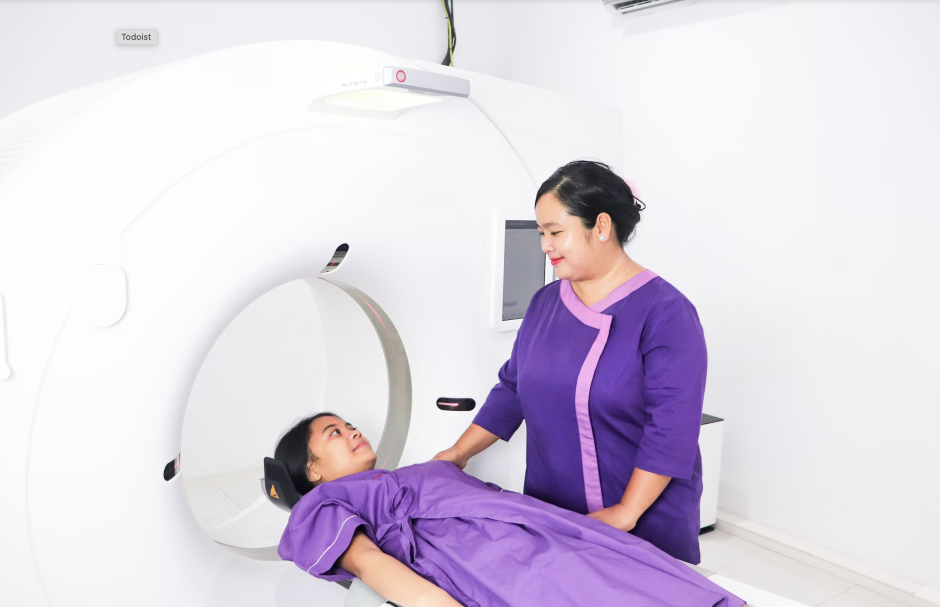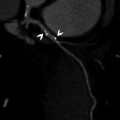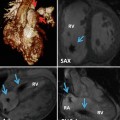
Having access to radiology services is essential for providing quality healthcare. Yet, underserved communities often face significant barriers to obtaining these vital diagnostic tools. Inadequate treatment, delayed diagnosis, and ultimately worse medical conditions can result from inequalities in healthcare access.
This article explores various strategies to enhance radiology access in these communities. By addressing these challenges, we can work towards a more equitable healthcare system.
The Gap in Radiology Services in Underserved Areas
Accessing radiology services is a complex and often insurmountable challenge in underserved regions. These communities face a combination of systemic barriers. The barriers include hospitals being located hours away, local clinics usually lacking the necessary infrastructure, and trained radiologists being scarce.
A study published by NIH on radiology services in Zimbabwe highlights the severity of these issues. The research revealed that public hospitals in urban centers like Harare dominate radiology access, leaving rural areas grossly underserved. For example, more than half of Zimbabwe’s radiology equipment is concentrated in two major cities. These cities serve only a fraction of the population.
One primary reason for this disparity is inadequate resource allocation. Radiology equipment, such as MRI scanners and X-ray machines, is not only expensive to acquire but also costly to maintain.
Smaller clinics often lack the financial resources to sustain such investments. Staffing shortages further exacerbate the problem. Radiologists are in short supply worldwide, and even fewer professionals are willing to work in remote or economically disadvantaged areas.
Tips to Make Radiology More Equitable for Underserved Communities
Let us look at actionable tips to help radiology departments and professionals make meaningful strides toward equity:
Community-Based Strategies
One key approach gaining momentum in advancing health equity is the shift toward solutions rooted in the communities they serve. At the Radiological Society of North America (RSNA), experts emphasized that achieving equity in radiology isn’t just about increasing access. It’s about transforming systems.
The session (RSNA Daily Bulletin) highlighted that radiologists and healthcare leaders are rethinking traditional workflows. They are adopting community-based strategies and prioritizing cultural competence to close longstanding gaps in care.
Central to this transformation is the power of local partnerships. Clinics already operating within underserved neighborhoods have a unique advantage. They’ve built relationships and understand the cultural and logistical healthcare challenges their communities face.
By collaborating with these clinics and NGOs, larger institutions and public health agencies can set up imaging services. These services are not only functional but also culturally appropriate.
Family nurse practitioners (FNPs) are key players in these partnerships. These highly trained professionals serve as advanced practice registered nurses. Walsh University notes that they are capable of delivering primary care independently or in collaboration with physicians. FNPs bring a unique advantage in resource-limited settings. They’re not just caregivers but also educators and community liaisons.
You don’t even have to worry about their expertise. That’s because FNPs often earn their credentials through a Master of Science in Nursing (MSN). This is a graduate-level program that builds advanced clinical and leadership skills. Many professionals opt for MSN family nurse practitioner online programs because they offer more flexibility.
No matter the format, these programs actively prepare FNPs to assess symptoms, order necessary imaging, and deliver high-quality patient care with confidence. Another powerful force in this ecosystem is the community health worker (CHW). A CHW is typically from the communities they serve. They are trained to assist with everything from basic healthcare education to managing the healthcare system.
Expanding Public Insurance and Subsidy Programs for Imaging Services
In many regions worldwide, public health insurance and government-subsidized healthcare programs are vital for millions. One such program in the United States is Medicaid, which provides coverage to low-income individuals and families.
However, coverage for radiological services under Medicaid is often limited and restricted by the types of scans covered, frequency of use, or approved facilities. A study mentioned in Radiology Business highlights the connection between Medicaid reimbursement rates and access to imaging services.
They found that higher Medicaid payments correlate with greater access to these essential scans. Conversely, states with lower reimbursement rates experienced a 20-30% drop in imaging utilization. This significant disparity in reimbursement rates highlights the need to enhance public healthcare coverage.
Expanding access to comprehensive diagnostic imaging could be transformative. This might include lifting strict limits on the number of scans allowed per patient. It could also involve increasing reimbursement rates for facilities in rural or economically disadvantaged areas.
Additionally, providing transportation assistance for patients needing to travel for radiology services is important. Improved access to early diagnosis through accessible imaging is not only clinically beneficial but also cost-effective in the long run.
Leveraging Teleradiology for Improved Access
In recent years, teleradiology has become one of the most significant innovations in healthcare delivery. This is basically the transmission of radiological images from one location to another for sharing studies with radiologists and physicians. This technology is especially transformative for underserved communities, where access to trained radiologists is often limited.
The global teleradiology market was estimated at USD 15.6 billion in 2024. Grand View Research projects it to grow at a CAGR of 25.7% from 2025 to 2030. This is driven by the increasing prevalence of target diseases and the rising demand for second opinions and emergency consultations.
With teleradiology, images taken in remote clinics can be sent instantly to specialists in urban hospitals or even across countries. This innovation eliminates the need for patients to travel long distances for scan interpretations.
Whether it’s a chest X-ray or a CT scan, results can be analyzed by experienced radiologists located thousands of miles away. This allows referring clinicians to receive reports in real-time.
This system not only saves time but also enhances diagnostic accuracy, particularly in emergencies. Rural doctors can make informed decisions with specialist input, reducing the risk of misdiagnosis.
FAQs
Can solar-powered radiology equipment be a viable solution for areas with unstable electricity?
Yes, solar-powered radiology equipment offers a reliable, eco-friendly option for regions with unstable electricity. Portable X-ray and ultrasound machines powered by solar energy provide access to diagnostic services in off-grid, remote, or disaster-hit regions. These areas often face challenges due to an inconsistent power supply.
How can imaging services be integrated into emergency response in rural and underserved areas?
Mobile imaging units, like portable X-rays and ultrasounds, can be included in emergency response plans. They enable quick diagnostics in areas affected by disasters or pandemics, especially where hospitals are inaccessible. Integration improves response time and supports better clinical decisions during crises.
What role do educational institutions play in improving access to radiology services?
Educational institutions can expand access by deploying students and faculty to rural areas for training and outreach. These programs offer hands-on diagnostic experience while serving communities in need, building local capacity, and strengthening healthcare infrastructure in underserved regions.
Improving access to radiology in underserved communities is not just a logistical challenge. It is a moral imperative that highlights our commitment to health equity. By applying the strategies outlined above, we can begin to remove the barriers that contribute to healthcare disparities.
Stay updated, free articles. Join our Telegram channel

Full access? Get Clinical Tree








